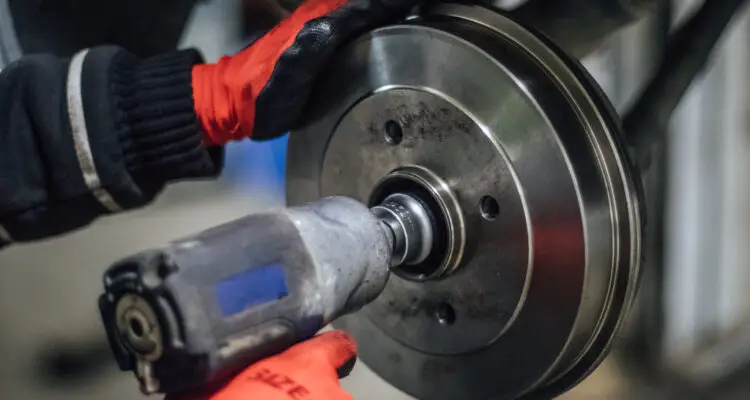For both newcomers and enthusiasts, the world of automobiles offers an exhilarating journey. To savor every moment on the road, it’s essential to acquaint yourself with vehicle maintenance, particularly when it comes to your car’s braking system. Even if you’re a novice, grasping the intricacies of brake noise issues can significantly enhance your vehicle’s performance and safety.
Deciphering Different Brake Sounds: A Primer
Before we roll up our sleeves and delve into solutions, let’s unravel the various brake noises and their implications. Recognizing these auditory cues can assist in gauging the gravity of the underlying problem.
Grinding Gears: A Cause for Concern
The discordant sound of grinding brakes while slowing down is akin to a crimson warning flag. This noise points to a critical issue—your brake pads have eroded to the point where only the rotor and caliper remain. Ignoring this can translate to hefty repair costs down the line. If you’re faced with grinding, make a beeline for a service center immediately.
Squeals and Squeaks: Unwanted Harmonies
Squealing and squeaking sounds that accompany gradual braking often have distinct origins. Squealing may stem from parking your vehicle in damp environs, resulting in rust formation on metal surfaces. Over time, this noise might abate as rust wears off. Conversely, squeaking is often attributed to subpar brake pads. Upgrading to superior brake pads can mitigate this concern and prevent rotor deterioration.
Diagnosing Brake Noise Woes: Your Personal Blueprint
Taking matters into your own hands when it comes to diagnosing brake noise problems can yield savings in terms of both time and money. Below is a step-by-step guide to help you kickstart your diagnostic journey.
Step 1: Uncover Loose Components
Initiate your inspection by scrutinizing the front wheels. Gently shake the rotor, pads, and calipers—none of these should budge when manipulated by hand. Vibrations indicate loose, damaged, or missing bolts and clips. Swiftly addressing these discrepancies can stave off further noise and vibrations.
Step 2: Apply Dampening Magic
Excessive vibrations originating from brake components can spawn irksome noises. After rectifying any looseness, apply dampening paste to the metal section of the brake pad, positioned between the caliper piston and the pad. Allow the paste to dry for 2 to 3 hours before reassembling the brake unit, ushering in optimal noise reduction.
Step 3: Scrutinize Brake Pads
Conduct a thorough examination of your brake pads to pinpoint wear patterns or irregularities. Some brake pads incorporate wear indicators that illuminate the need for replacement. If you detect uneven wear, gently smooth out the edges to extend their lifespan and silence the noise. In instances demanding replacement, ensure you select the appropriate pads for your vehicle.
Step 4: Assess the Brake Rotor
While replacing brake pads, the brake rotor might bear the brunt. An uneven rotor surface can prompt pad wobbling. A flawlessly even rotor surface is indispensable for secure braking. Contemplate rotor machining for minor wear, but for severe or distorted rotor issues, replacement is the prudent course of action.
Step 5: Supplementary Checks
Post-maintenance, it’s paramount to inspect brake lines and fluid. Verify that the fluid level is in accordance with the marked indicator, and that the fluid itself is transparent. Any leakage demands prompt attention.
Repair Expenses: Professional vs. DIY
If brake noise becomes an auditory ordeal or impinges on performance, mulling over repairs is judicious. Replacement costs range from $150 to $300 per axle, with the type of brake pads exerting an influence. Though do-it-yourself repairs are viable, meticulous placement of components is crucial to thwart potential issues.
Brake Upkeep: A Pledge to Safety
Regular maintenance stands as a sentinel for a smoothly functioning vehicle. Adhere to these guidelines to safeguard the optimal condition of your brakes:
- Monitor brake fluid levels every three months.
- Replace brake discs in tandem with your driving style.
- Solicit professional inspection of rotors and brake pads.
- Swiftly replace malfunctioning or worn-out brake pads.
By familiarizing yourself with brake noise when braking slowly and abiding by these maintenance rituals, even novices can champion a secure and enjoyable driving experience. Remember, the proactive maintenance of your vehicle’s braking system translates to financial savings and fortified safety on the open road.







